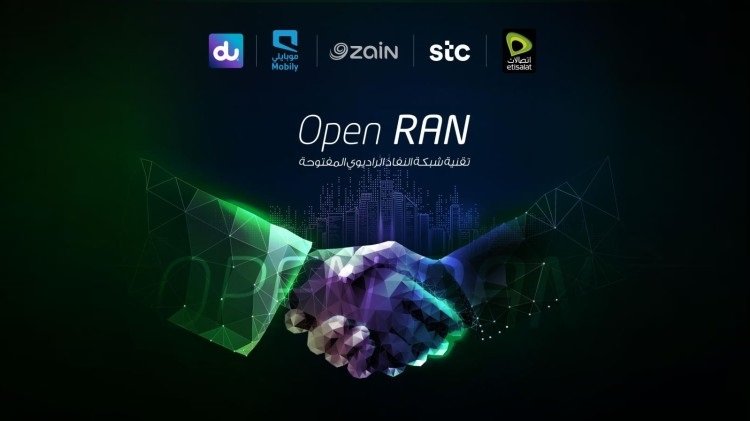Etisalat Group, stc, Zain Group, Mobily, and du, from Emirates Integrated Telecommunications Company (EITC), are joining forces to push forward the implementation of Open Radio Access Network (Open RAN) solutions in their existing telecom networks, share their industry knowledge and experience setting a clear path to drive innovation for the ICT sector across the Middle East.
The Memorandum of Understanding (MoU) between the five operators confirms commitment to deploy Open RAN across their footprint, providing an opportunity to traditional RAN vendors to adopt open interfaces, software and hardware to build more agile and flexible mobile networks in the 5G and 4G era, support new entrants with innovative solutions and achieve cost efficiencies in RAN deployments.
This partnership will open immense opportunities for operators and the telecom ecosystem with the availability of interoperable, competitive and commercial-grade Open RAN products, building a framework to exchange best practices and technical outcomes. For customers, they will gain advantage with service catering to the local market requirements with faster time to market while using the most advanced mobile access networks. With operators focusing on introducing software capabilities in the Open RAN environment it will bring technologies like Artificial Intelligence (AI) in the forefront.
Hatem Bamatraf, Chief Technology Officer, Etisalat Group, said: “This is an extraordinary opportunity for the Middle East operators to come together to promote the development of an open technology that will help to enhance the flexibility and efficiency of our networks. I am excited about this partnership that will foster a diverse and secure 4G/5G ecosystem based on Open RAN solutions. This is also a testimony to Etisalat’s commitment and leadership in innovation in the ICT sector and to development and adoption of Open RAN ensuring the best network experience for our customers.”
With Open RAN the industry is working towards standards and technical specifications that define open interfaces within the radio system, including hardware and software so that networks can be deployed and operated based on mix-and-match components from different suppliers. Operators will be able to draw on the reinvigorated supplier innovation to drive cost efficiencies and more flexibly deliver customized services in response to evolving customer demands.
The introduction of Open RAN, virtualization and automation will enable a fundamental change in the way operators manage networks and deliver services. Operators will be able to add or shift capacity more quickly for end users, automatically resolve network incidents or provide enterprise-level services on-demand for industry.











